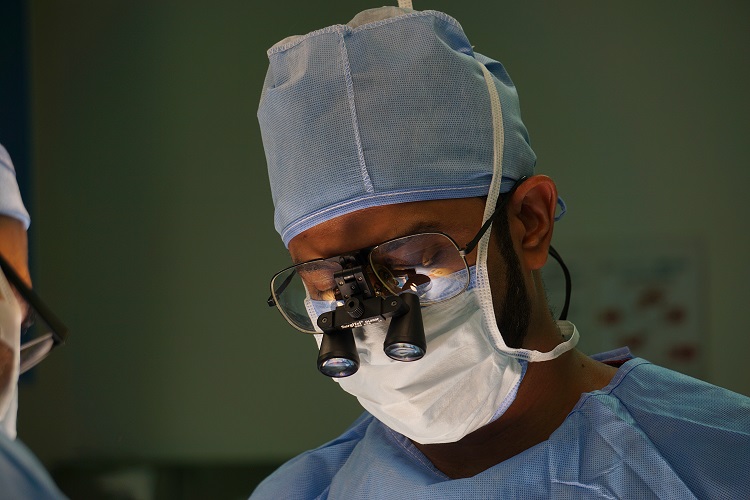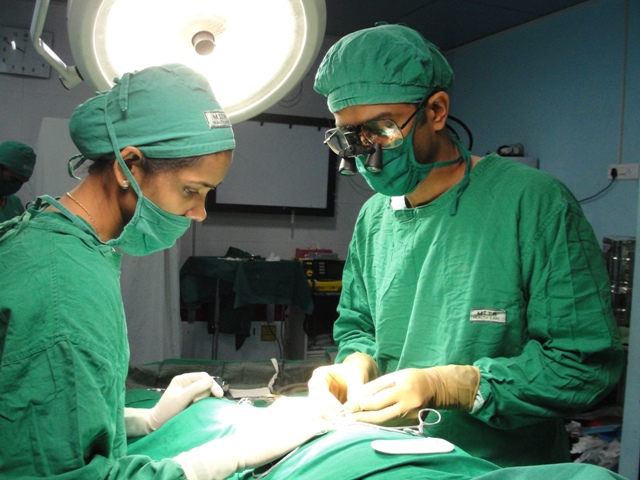Hypospadias is a common congenital anomaly diagnosed at birth. Most of the children will need repair surgery for hypospadias and this surgery should be done by 18 months of age in a child who is born full term and is otherwise healthy. The hypospadias surgery, when done, should be carried out by an expert hypospadias surgeon. The hypospadias surgeon should be trained in hypospadias surgeries and have extensive experience and dedication to hypospadias-related work.
As a parent of a child with hypospadias, you may be confused about how to choose the best hypospadias surgeon. Any pediatric urologist or pediatric surgeon can operate on a child with hypospadias, but every surgeon may not get the desired and best post-surgery results. Here are a few tips that will help you shortlist the best hypospadias surgeon for your child.
- Ask your pediatrician: Pediatricians and pediatric urologists or surgeons often know each other well and work closely. Pediatricians are the first doctors to diagnose hypospadias and they can guide you to an experienced hypospadias surgeon who does lot of such surgeries and has good results for hypospadias surgery. Pediatricians often also get to see the children post-surgery and hence know the outcomes for each surgeon. Ask your pediatrician to guide you to seek the best hypospadias surgeon for your child.
- Connect with parents of children with hypospadias: A parent of a child with hypospadias goes through a great deal of experience when it comes to hypospadias surgery. From pre-surgery OPD visits to post-surgery care, they become experts on how to manage their child in the hospital and after surgery. New parents can discuss with other parents whose child has already completed hypospadias repair and get an honest opinion regarding the hypospadias surgeon, experience in the hospital, and their overall experience. This will help other parents gain confidence and decide what’s best for their child.
- Search online for the best centres of expertise for Hypospadias Surgery: Most of the good centres for hypospadias treatment have a comprehensive website and a knowledge centre. Key things to look online are- qualification of the hypospadias doctor, years of experience, kind of cases they have managed, their success stories, their online reviews, the surgery videos, their publications and whether they are so good that they are training other surgeons. In the best hypospadias centres, their website will have enough information on all these points.
- Visit your hypospadias surgeon in the OPD: Make sure you visit your hypospadias surgeon or connect with them online for a hypospadias consultation at least once before you plan the surgery. In the Outpatient department (OPD) of a hypospadias surgeon you will find many other children with hypospadias which indicates hypospadias surgery is performed regularly at that hospital. Ask your hypospadias surgeon about the cases done so far, the success rate and similar cases done in the past which will help you gain confidence in the surgeon and take a decision if he/she is the right surgeon for your child.
- Success rate of hypospadias repair surgery: Every surgery has its own set of complications but when it comes to hypospadias the complication rates vary widely at various centers. The best hypospadias surgeon should have a success rate of more than 90% with a complication rate of under 10%. When you visit your hypospadias surgeon do ask them about the success rate of surgery at their center.
- Expertise in managing complex hypospadias: Complex hypospadias such as perineal, scrotal hypospadias and redo hypospadias (hypospadias after multiple previous failed attempts) need to be managed very differently. If your child has such a hypospadias, make sure that you ask your hypospadias surgeon about their experience in managing such cases and the technique which is going to be done in your child so that you are prepared for the post-surgery period. An experienced hypospadias surgeon will be well versed in managing complex cases as well as primary ones.
The first surgery is the best chance for a complete cure from hypospadias. Once the first surgery fails, subsequent surgeries become difficult. Hence, it is important that you do full research and choose wisely. Choosing the right hypospadias surgeon is not an easy decision for any parent. Every parent wants the best surgeon for their child.
At hypospadias foundation, we treat more than 200 children and adults every year with hypospadias. Our dedication and expertise in hypospadias makes us one of the leading centers for hypospadias repair in the world. Do not hesitate to write to us or visit us for more information on our expert hypospadias surgeons. We will be happy to offer a second opinion or help you with understanding hypospadias treatment for your child or yourself (adult hypospadias)
Fill up contact form: https://www.hypospadiasfoundation.com/contact/
Contact Form for Hypospadias Foundation
Please fill all clinical details and upload pictures and clinical summaries (if available)


